Labs and Facilities
Facilities
Departmental Research Facilities
Research Lab Space
The N.C. A&T Chemistry Department is located in the New Science Building with state-of-the-art research facilities. Each research professor in the department has ~ 1200-2000 sq. ft of synthetic lab space with two double 12 ft. fume hoods.
NMR Facility
We maintain one Bruker Avance Neo 400 MHz NMR: This instrument has a solid-state capability which is a unique capability among all of the triad area Colleges, to support the research efforts of about 30 students and postdocs. The spectrometer is capable of proton, carbon-13, P-31, F-19 and 2D experiments. The NMR facility is located on the ground floor of the New Science Building and is managed by Mufeed Basti, Ph.D. The research and training included NMR-based metabolomics, natural compound studies and polymer studies.
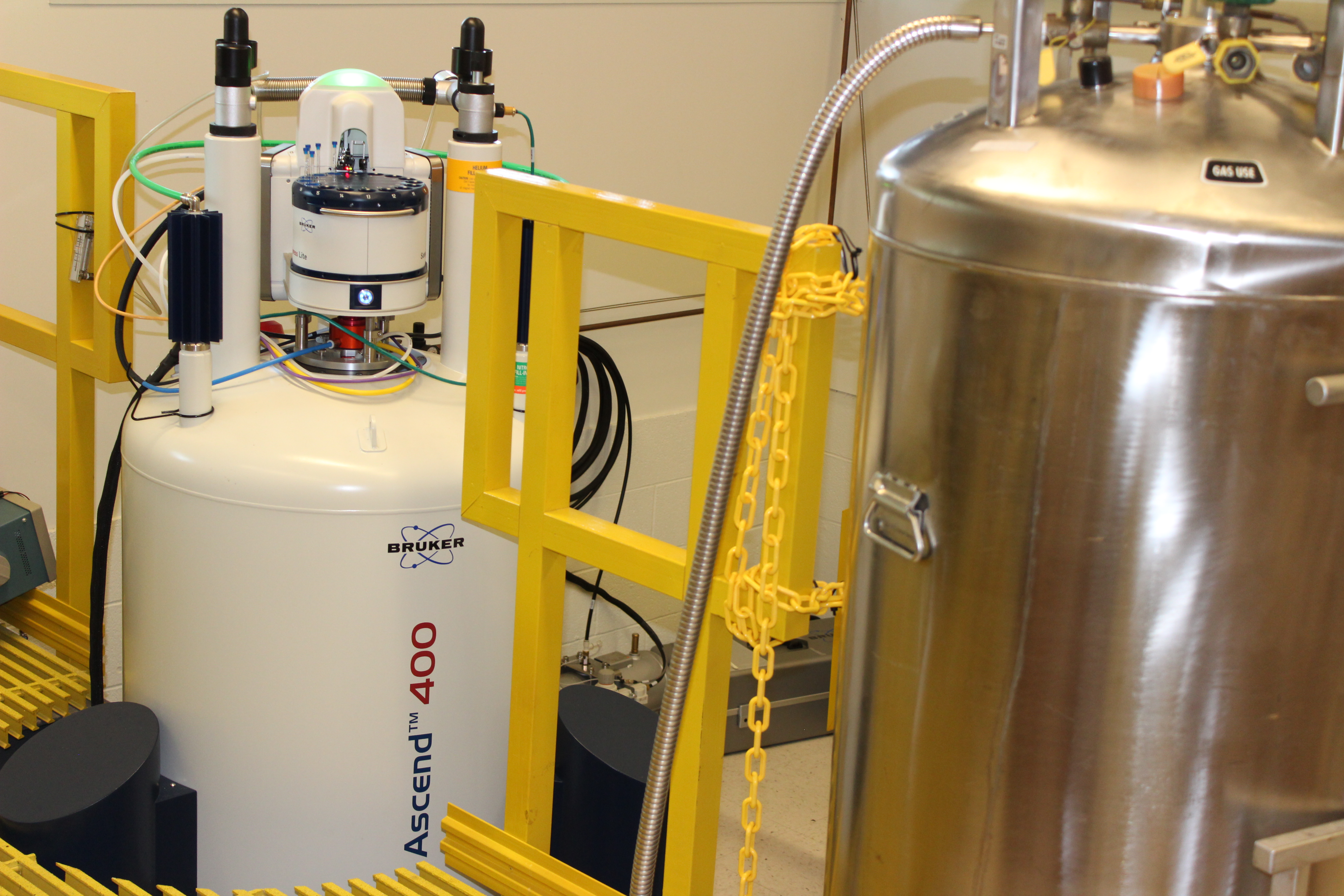
Mass Spec
Users from the Department of Chemistry and other departments on A&T's campus can have full access to the laboratory once trained. Currently, the lab houses a Varian and HP GC-Mass Spectrometer units. The Mass Spec Facility is located in room 209 on the 2nd floor of NSB and managed by Mr. James King.
X-Ray Facility
Currently, we have a Rigaku Bench top powder X-ray Diffraction (XRD) Instrument: The instrument can be used for qualitative and quantitative phase analysis of poly-crystalline materials.
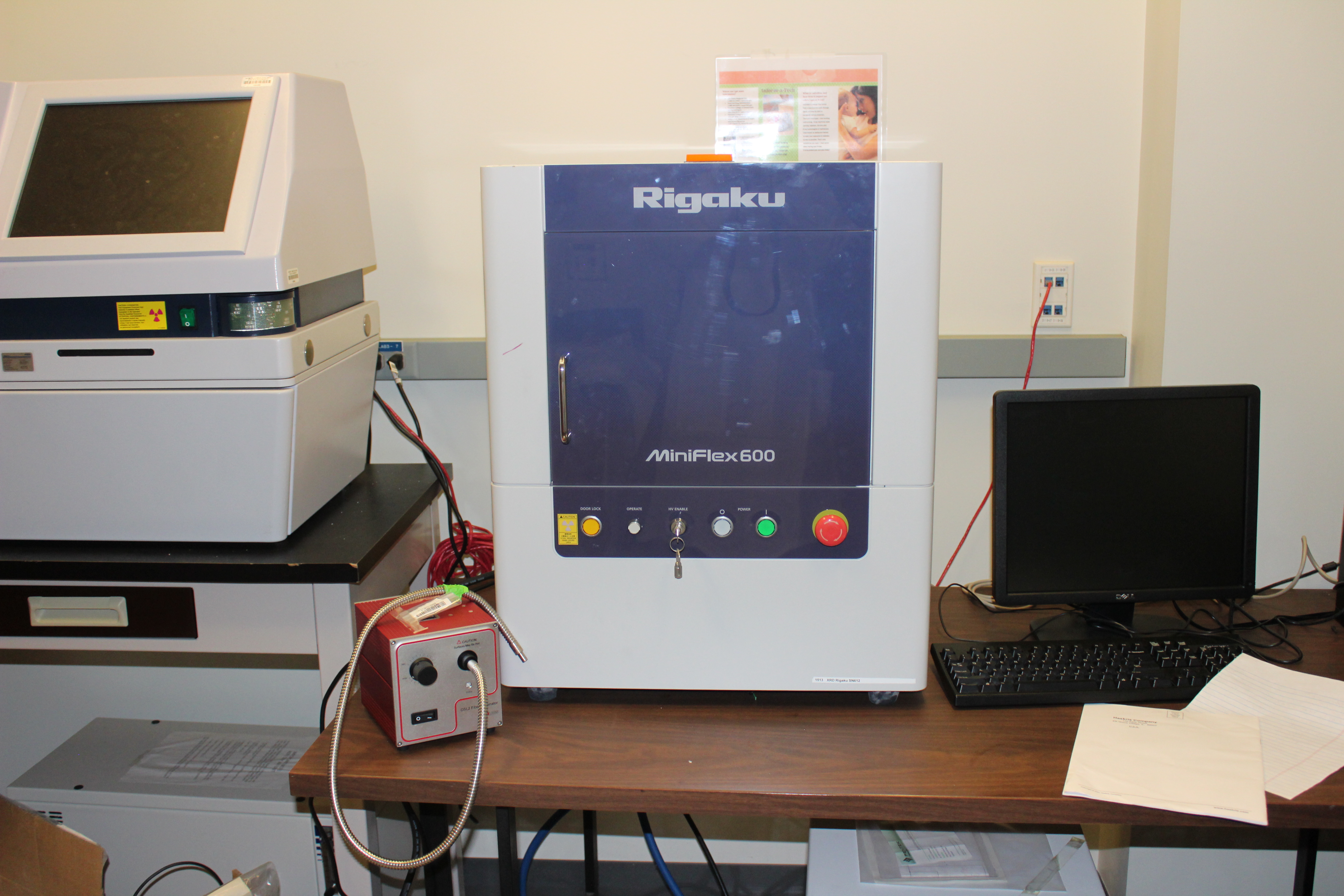
Genetic Analysis
Currently, the Department houses a 3100 Applied Bioscience Genetic Analyzer (DNA Sequencer). This instrument is located in room 316 on the third floor of NSB and managed by Margaret Kanipes, Ph.D.
Sample Purification/Analysis
North Carolina A&T Chemistry has several instruments used for purification and analysis of samples including HPLC, IR and UV-visible spectrophotometers, Mattson 20/20 Galaxy FTIR, gas chromatographs, high-speed centrifuges, Electrochemical set-ups and an Impedance analyzer.
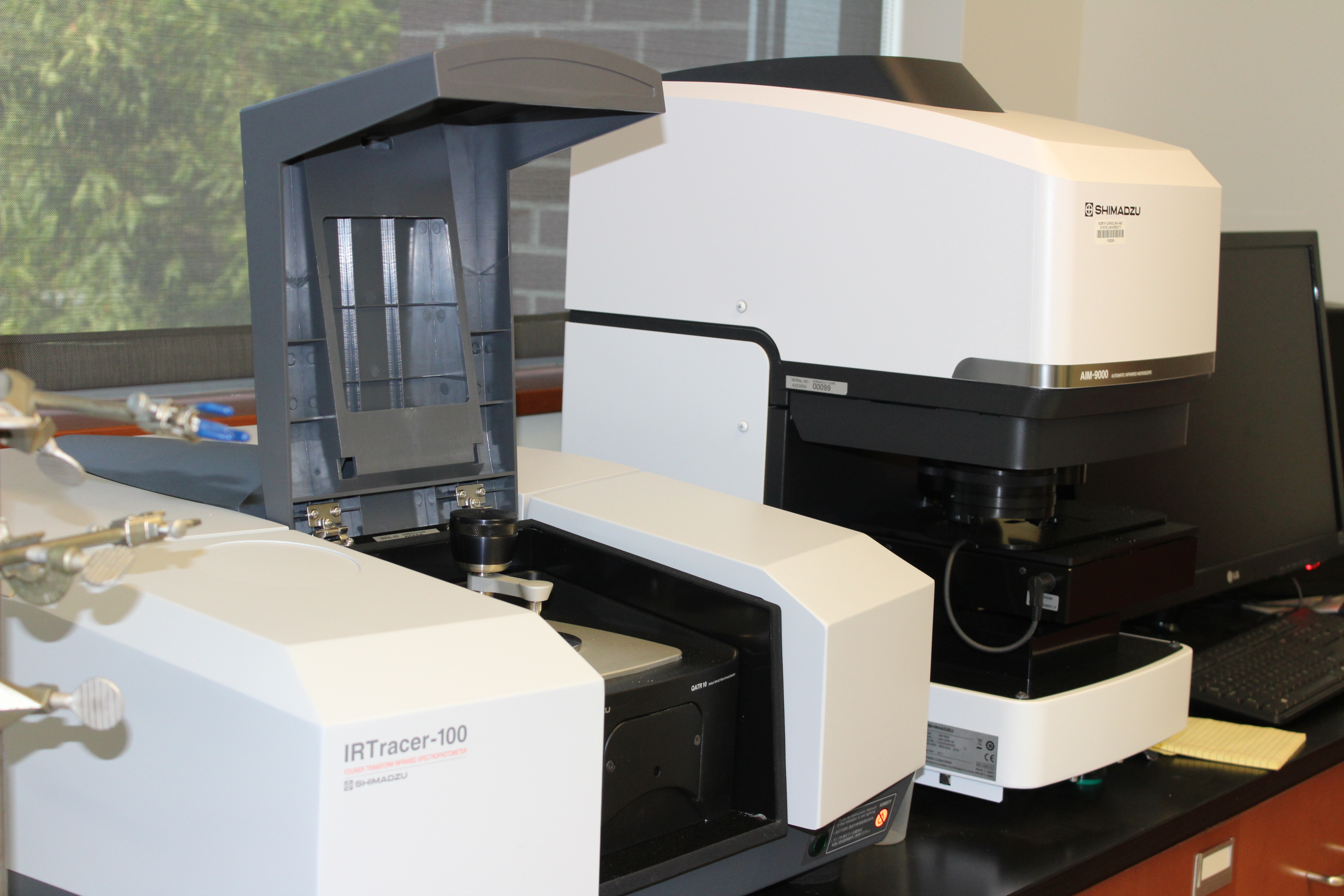
An FTIR Microscope: a valuable tool for the analysis of fibers, particulates, polymer studies, including characterization of weathered coated substrates, thin films and depth analysis of materials.
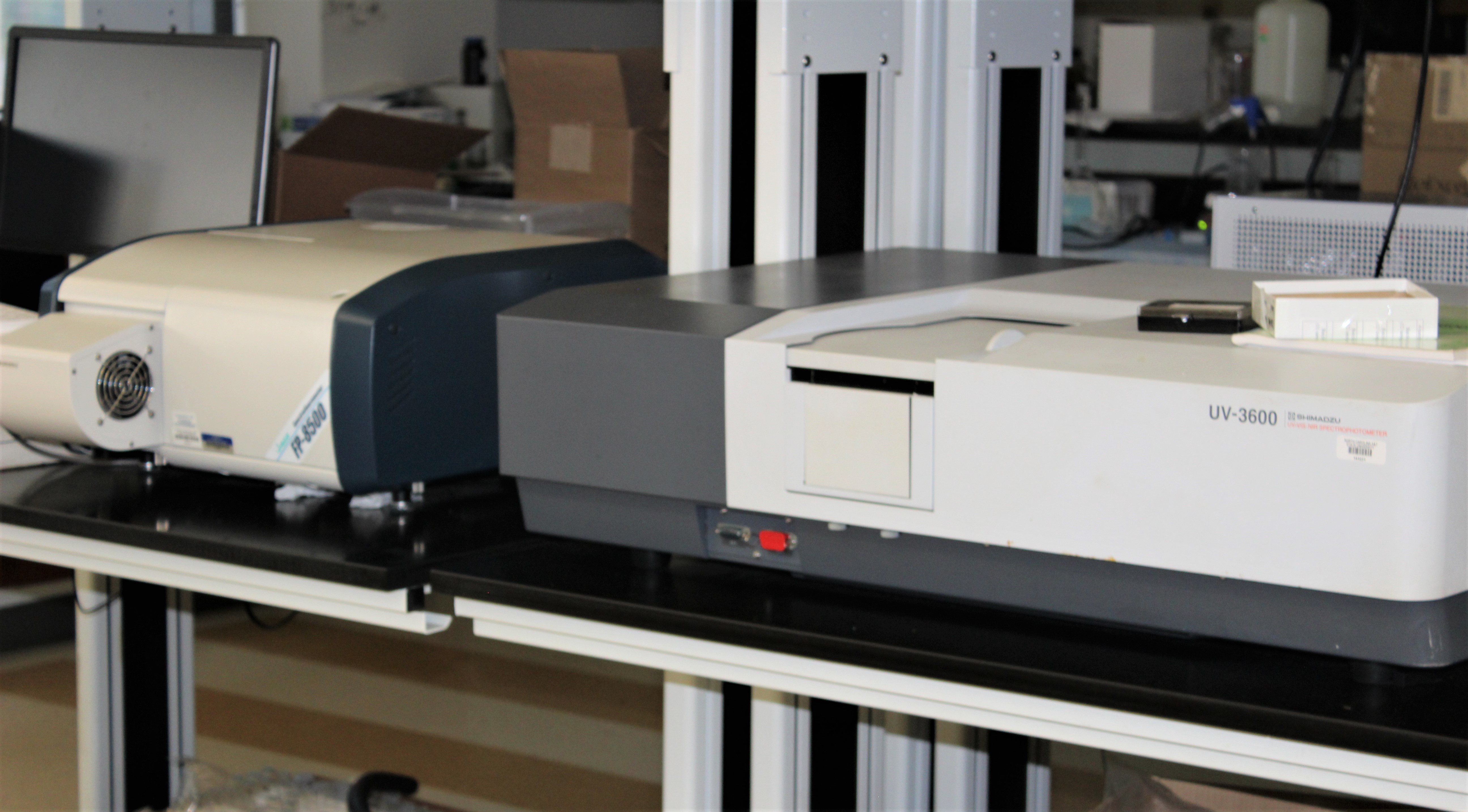
Spectroscopic systems: Absorption and Emission spectroscopic Instruments for optical science studies
Element analysis
The Department of Chemistry also has a Inductively Coupled Plasma- Optical Emission Spectrometry (ICP-OES); well regarded for environmental measurement technique, trace analysis of consumer products including steel, minerals and human hair for toxicity and metal deposition analysis
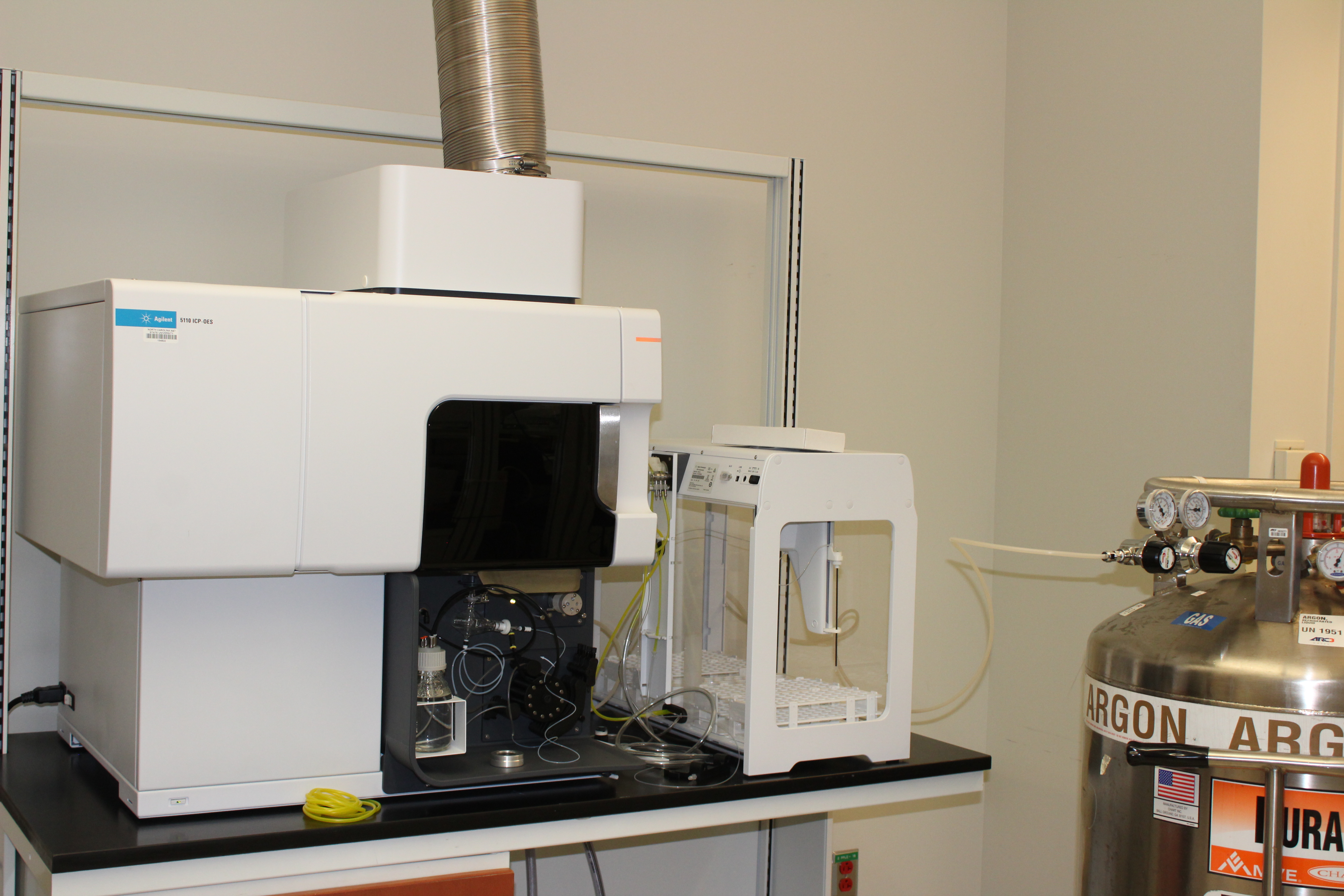
Other resource through collaborative effort
As a part of the Joint School of Nanoscience and Nanoengineering (JSNN) in collaboration with the University of North Carolina at Greensboro (UNCG), established recently, all investigators at North Carolina A&T Chemistry will have access to additional state-of-the-art facilities such as GC-MS, LC, He-Ion Microscope, SEM, TEM, and AFM.
Unique Programs
Debasish Kuila, Ph.D., and his interdisciplinary team, received $2 Million Grant to Convert Bio-Waste to Fuel


